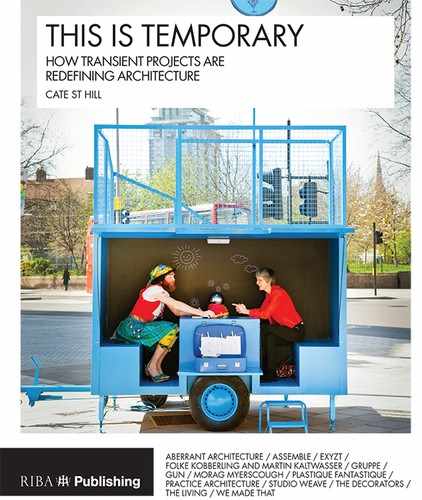Foreword
In 1520 Henry VIII travelled to Calais to meet his French counterpart, Francis I - two powerful Renaissance kings desperately trying to out-do each other. How did Henry choose to impress his rival? With temporary architecture. He built a 10,000 square metre palace of ‘great and mighty masonry’ in four blocks with a central courtyard; each side 100 metres long. Above the brickwork, walls made of fabric and timber frames were painted to look like stone or brick. Cate St Hill’s definition of temporary architecture as ‘purposely short-lived structures…that create experimental sites for interaction and engagement’ confirms that it’s nothing new. We’ve known for centuries that the temporary has so much potential for influencing the permanent – in Henry’s case, peace with France.
As a developer deeply interested in creating economically and socially sustainable places, my overriding interest in the temporary is what it can teach me about what to build for the long term. To understand what communities need we must understand people’s lives, what motivates them and what makes them happy. The answers come from talking. And listening. And that, for me, is where temporary architecture comes into its own - as a tool for communication, a tool to inspire people to imagine something different, somewhere…else. Beautiful, smaller interventions like Studio Weave’s Lullaby Factory or larger, operational facilities like EXYZT’s Southwark Lido, designed, built and operated by a team who lived on site while it was open, all serve the same purpose - to challenge our perceptions of place, to open our minds, to ask us questions about how we want to live and, crucially, to delight and surprise. My own work creating temporary interventions with Morag Myerscough has been extraordinarily powerful. It helped us connect with local communities, inspired our architects and planners to design appropriate, site specific schemes and taught us about the places and the people who will use what we build.
As I turned the pages of this wonderful book I felt such a sense of joy at the sheer exuberance exhibited by each and every one of the projects, their bravery and the (probable) lack of funds that delivered them. The people featured in this book are making our towns and cities more beautiful. But it’s more than that. They are helping us to understand ourselves better.
/ Martyn Evans, 2015
